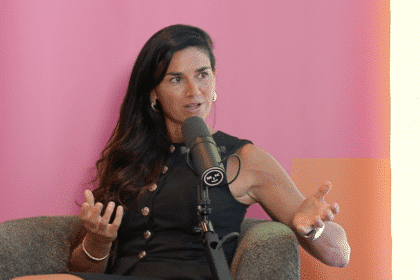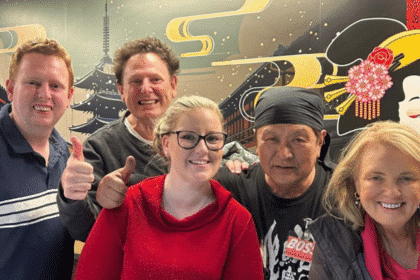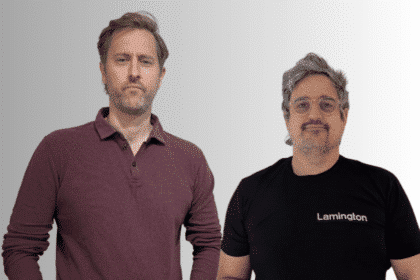Lockdowns have seen the amount of podcast hours consumed by listeners double, with finance focussed podcasts climbing the popularity ranks. Now is the time for financial services brands to cash in on the booming demand, writes Douglas Nicol (main photo), partner at The Works, part of Capgemini…
A lot of things changed in 2020. Along with a slew of enormous global and societal shifts, more Australians got serious about saving and improving their money skills. But we weren’t getting our education from financial services brands. Instead, we looked for unbiased advice we could access wherever and whenever we wanted it. Enter podcasts. Locked-down listeners doubled their podcast hours in 2020 with finance podcasts rapidly climbing the popularity stakes. This, coupled with a new podcast Audience Network, could be the opportunity financial service marketers have been waiting for.
Wealthy and wise
Data from Course Corrector – a research initiative we ran to monitor behavioural shifts in Australia in response to COVID-19 – revealed that 37 per cent of respondents had saved more since COVID-19. Just how much we’d managed to squirrel away was confirmed in January 2021 when Treasury analysis showed Australians had stockpiled around $200 billion in savings since the start of the pandemic. Hardly saving for the sake of it, we had our sights set on a secure financial future, setting sensible goals including paying off our mortgage or credit card, and investing in our retirement. Talk about a financial glow up.
Money talks
Though the seeds of podcast popularity had been sown in 2019, the ‘unprecedented’ nature of 2020 saw Australians truly embrace the audio format. In September 2020, monthly downloads hit 48.7 million compared with 13.2 million the year before. It felt like everyone had a ‘poddy’ on the go and a recommendation up their sleeve. And, while true crime and comedy podcasts were dominating, money podcasts were generating a lot of interest.
For example, She’s on the Money – a podcast targeted at millennial women who want financial freedom – tripled its listeners in December of 2020 and recently surpassed a million downloads. Aussie investment podcast, Equity Mates, is on the same trajectory, recording huge growth last year and now boasting more than 100,000 unique monthly listeners.
The growing enthusiasm for money podcasts makes perfect sense when you consider our goals for financial empowerment against the stark financial reality for the majority of young Australians. And the widening trust gap that exists between consumers and most financial services brands is the reason we’re turning to podcasts, not the bank. The takeaway: the appetite for financial advice exists but Aussies are wary of getting it from ‘big finance’.
Spotify lends an ear
This is where the podcast potential for financial services comes into play. Unlike radio, which scales a generalised message to all listeners in a geographic area, podcast ads are hyper-targeted, served to an actively engaged audience hungry for advice and likely to tune in week after week. For discerning Gen Z and Millennial consumers, the fact that you met them where they are, in their daily routine, with content that matters to them, is trust-building.
Fortunately for financial services, podcast advertising is moving away from being so hyper-targeted that you need to buy ads on a title-by-title basis. Last month, Spotify made its Audience Network available locally, following success in the US market. This means advertisers can buy according to audience rather than podcast title, with access to targeting tools including demographic, location and audience segment. Audience segment targeting, in particular, opens the door for ‘big finance’ to target listeners based on their broader interests and behaviours, like money and finance, offering financial service marketers both broad reach and efficiency.
With more money-savvy millennials tuning out advertising, financial services brands need to get wise to where their audiences are consuming content. By dialling up their presence in podcasts, they can start to meet this audience where they listen and drive incremental reach to connect with an otherwise hard-to-reach segment.








